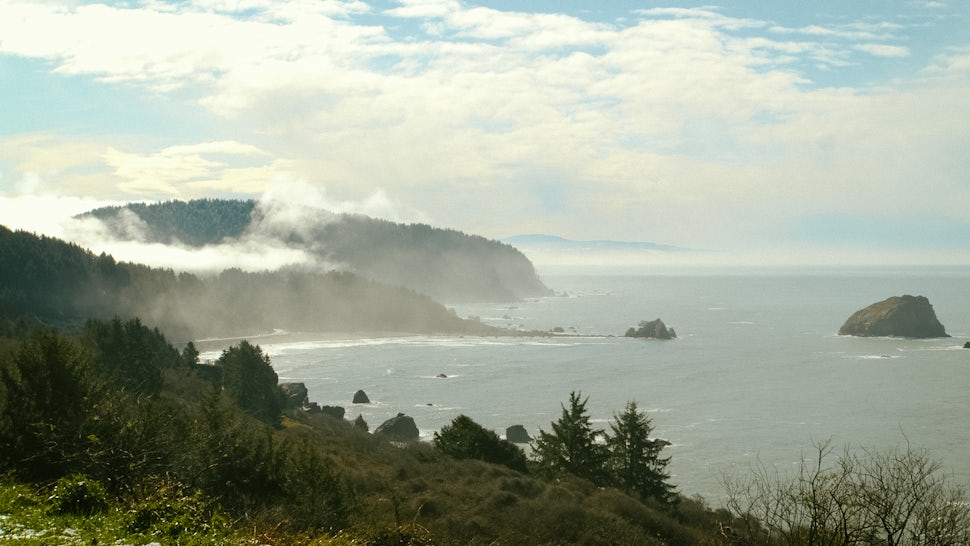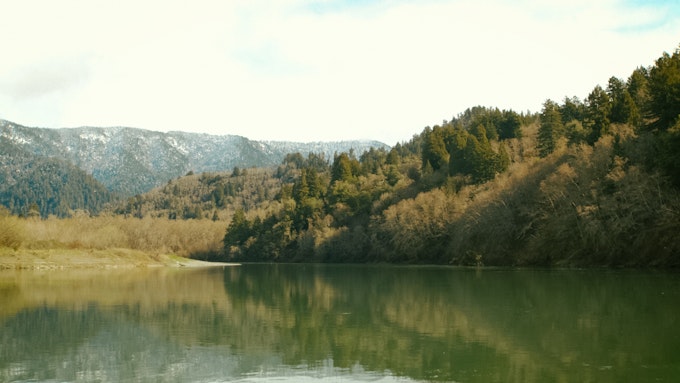Meet Caroline Beteta: President & CEO of Visit California
We spoke with Visit California President and CEO Caroline Beteta about Visit Native California and the importance of honoring Native American cultural heritage.

Outbound: Can you explain what Visit Native California is?
Caroline: Visit Native California is a first-of-its-kind initiative for our state that showcases California’s Native experiences while honoring our rich cultural heritage, lands and tribes.
The effort is made possible by federal funding from the American Rescue Plan Act, which provided $1 million to support Visit California’s work to increase awareness of and travel to these experiences by curating and uplifting Native stories. You can explore the content online.
O: Who benefits from it?
C: We believe both visitors and Native communities benefit from this initiative. Visit Native California honors our state’s heritage and improves our ability to share it with visitors so they can experience these marvels for themselves while also learning about the state’s first peoples and original stewards of our lands and abundance of natural resources.
The site provides a platform for Native communities that want to expand the reach of their tourism offerings. It also includes tips on how to travel responsibly, encouraging visitors to help preserve California’s natural resources, respect our cultural heritage and celebrate our diversity and traditions.

O: Where did the inspiration for the Visit Native California program come from?
C: We wouldn’t be here without the strong support from a coalition of tribes across the state. The tribal leaders of the Agua Caliente Band of Cahuilla Indians were especially instrumental in bringing this initiative to fruition -- they have a strong vision for tourism product development on their native lands. California tribal leadership and staff, along with the team at AIANTA, have been critical in advising Visit California throughout the content development process.
O: How is it going since the content series launched in March?
C: We couldn’t be more pleased with the reception of the new VisitCaliforia.com/Native website and this video series, which both launched in early March. The website already features more than 600 mentions of Native American businesses, sites and events, with more being added each week.
And the videos produced in partnership with Outbound Collective provide a powerful visual, highlighting the individual business owners and tribes that benefit from tourism.
O: How do you expect it to/hope that it will grow?
C: There are so many tribes in California, each with their own rich history, culture and traditions. We hope to continue forging relationships to uplift the businesses and Native communities that want to share a piece of their story.
O: Have you personally had any awesome experiences with Native Californian guides? Where and what?
C: When we announced the initiative last September, we held a press conference and luncheon on Agua Caliente land - the site of their new Cultural Plaza in downtown Palm Springs. Several other tribes from across the state joined that announcement.
I had the privilege of seeing one of the Yurok redwood dugout canoes up close and had a conversation with Native language expert Carlos Geisdorff from the Tuolumne Band of Me-Wuk Indians. I sampled Séka Hills olive oil cultivated by the Yocha Dehe Wintun Nation and enjoyed lunch prepared by Chef Crystal Wahpepah. And we were treated to a performance by youth Pow Wow dancers who are featured at the Indigenous Red Market in Oakland.
Every experience and conversation was one I will never forget.

O: Why is it important to spotlight Native American guides and companies?
C: Native cultures are a significant part of California’s modern visitor experience, having discovered, protected and preserved the lands and experiences loved and frequented today. We want to bolster Native guides and tribal-led experiences so they can tell their own stories, holding back what’s sacred and sharing what they want others to know.
O: What should California visitors be most excited about with the start of this initiative?
C: While many travelers are likely familiar with the beautiful resorts and casinos operated by tribes, they may not be aware of the many other Native tourism offerings here. From cultural centers and museums to exciting outdoor adventures and amazing culinary experiences, there is so much to uncover.
O: Where can readers find out more?
C: On the website, you’ll find blogs, itineraries and the Outbound Collective video series to provide inspiration for planning your next trip. Content is continually being added, so be on the lookout for more experience highlights, profiles and even podcasts.
Cover image from a film by Sanjana Sekhar and Lauren Begay.
We want to acknowledge and thank the past, present, and future generations of all Native Nations and Indigenous Peoples whose ancestral lands we travel, explore, and play on. Always practice Leave No Trace ethics on your adventures and follow local regulations. Please explore responsibly!
Do you love the outdoors?
Yep, us too. That's why we send you the best local adventures, stories, and expert advice, right to your inbox.







